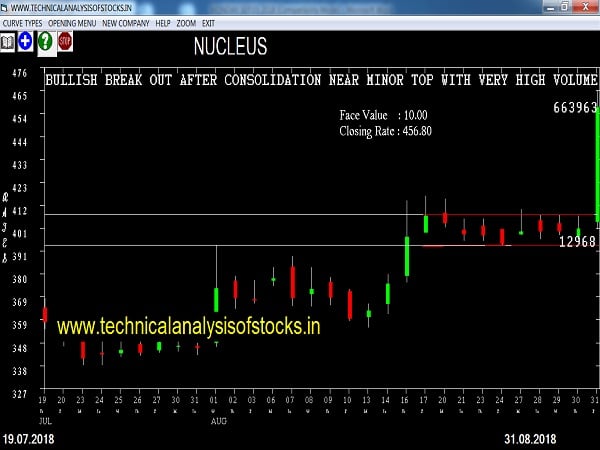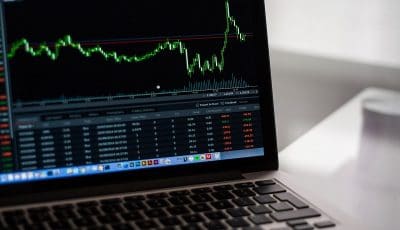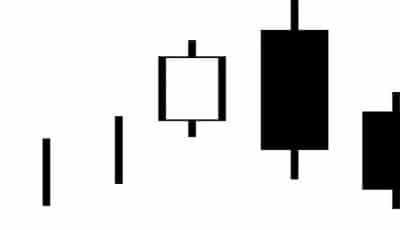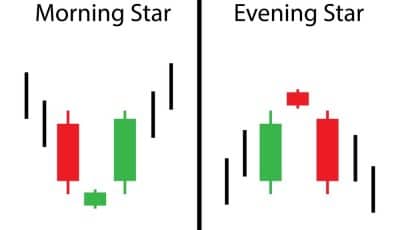
Volume is a measure of a company’s liquidity. Basically, it is the amount of shares that get bought and sold throughout a day compared to other stocks. In general, stocks with a low volume suffer huge fluctuations, which is why many traders will traditionally avoid stocks with low volume. This is because a low volume stock can be very expensive to buy and also difficult to sell, making them difficult stocks to deal with. As you can see, tracking volume is very important in deciding whether or not to buy a stock.
It is easy to track a stock’s volume on most stock charts. It is generally displayed just below price data on a conventional stock chart. A low volume stock will have only tens of thousands while a more liquid stock might have millions or tens of millions of trades. Because it is easy to track volume data, traders will routinely take these statistics into account when making buy or sell decisions.
Volume is just one thing to consider when evaluating a stock. You should never decide to sell or decide not to sell a stock based solely on its volume. Some stocks may be worth the volatility while others are more stable but still not worth your time. Knowing when to buy and sell is an individual decision that depends on the particular stock and your own comfort level. Tracking volume will tell you how dangerous a stock can be, but some stocks are simply worth the risk.







